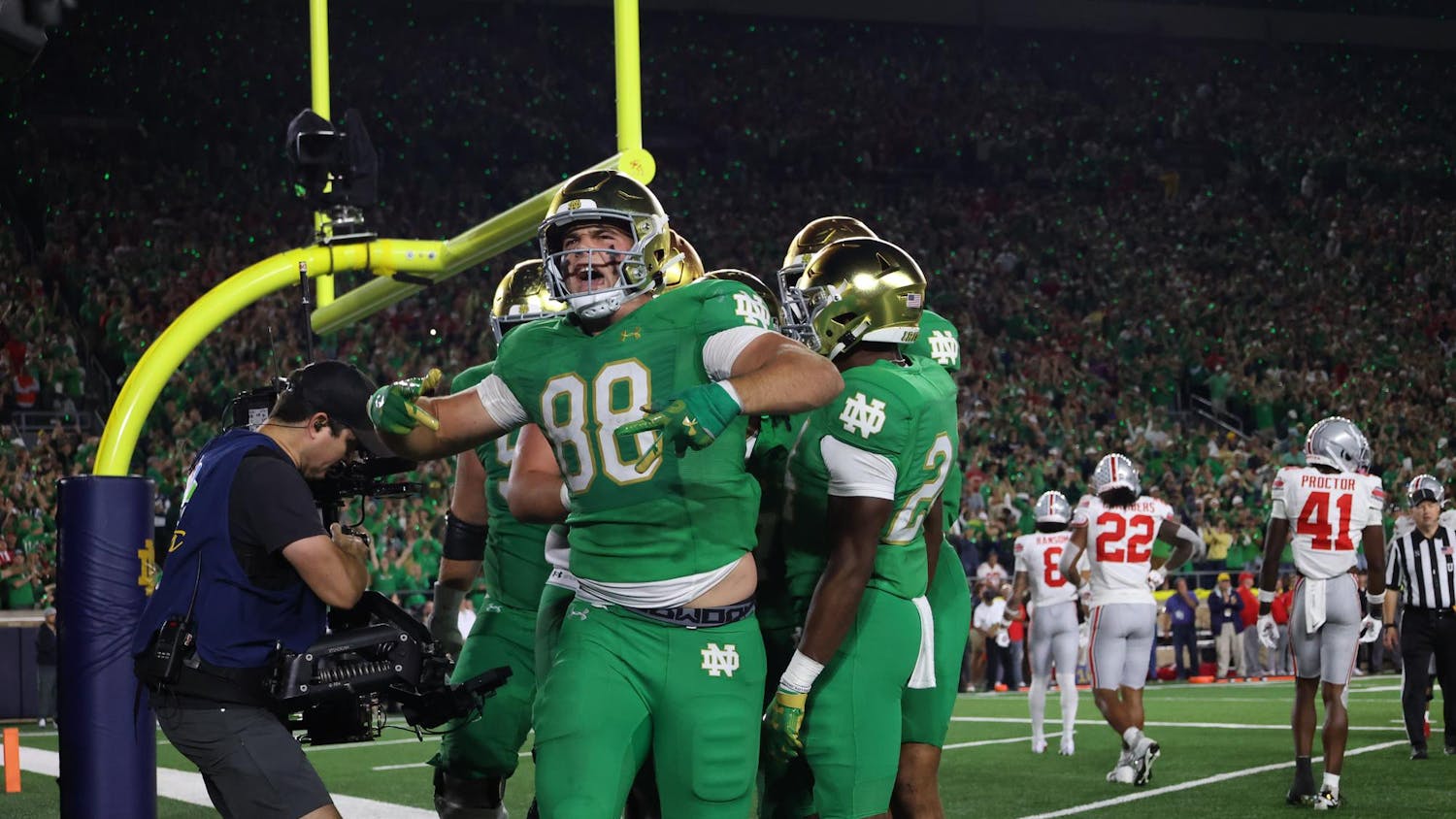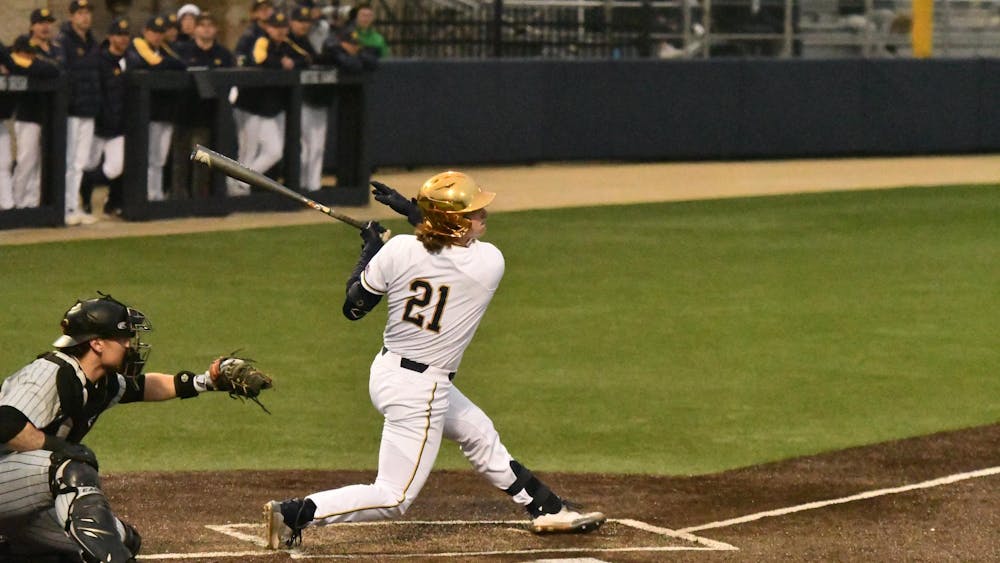The first College Football Playoff debuted to a rousing success earlier this month. A pair of teams that probably wouldn't have played for the title under the BCS system met in the championship bout and more than 33 million people — a cable TV record — tuned in to watch Oregon and Ohio State battle it out for the crown.
Some might say college football has never been better. There are more opportunities for teams to have a shot at the title, more marquee games during the regular season as a result of better scheduling and television ratings are higher than ever.
But many athletic directors don't see it that way; they deal with the constant problem of getting students to football games. It's been a story in the news for a couple of years now, really — a simple Google search reveals tons of stories about the subject — and be it Nick Saban complaining about students leaving a blowout early or Michigan State playing crucial fourth-quarter plays in front of a half-empty student section earlier this year against Nebraska, it's a struggle.
Just look at that school up in Ann Arbor, Michigan. The university estimated that fewer than one-third of the school's more than 40,000 students bought student tickets this year, down from past years. The student-body president at this school with such a "rich" football tradition? He responded to price increases by saying that football isn't "essential to going to college."
Ouch.
But I've got a plan, athletic directors. One that will return your home-field advantages and see your stands fill up again with students, the lifeblood of college football crowds.
Unfortunately for you, it comes at the expense of where the sport's doing the best.
The biggest complaint for many students is length of game. At Notre Dame, it's a miracle if a game finishes before 7:00 p.m. — despite starting with a 3:30 p.m. (well, 3:43 p.m.) kickoff — and often games drag on into the cold, Indiana autumn nights.
The culprit? Television timeouts and the way they're administered.
You see, I don't have an issue with TV timeouts. I get that they're vital to the game; they allow the networks that pay tens and hundreds of millions per year to get back their expenditures. ESPN paid $5.64 billion for the rights to the first 36 playoff games, according to the Wall Street Journal. That's ... insane.
So, yeah, I understand why they exist. And truth be told, when a team scores a touchdown or kicks a field goal, it's not the worst thing in the world to take a TV timeout. Even at the high school level, it takes a minute or two to get restarted typically and really, what's another minute or two that the university can take to honor a faculty member or perhaps another sports team that's done well recently?
But your issue comes a minute after the return from the TV timeout when — you guessed it — after a touchback or an uneventful kickoff, the network takes yet another three- or four-minute break.
Think about it.
We'll say that we're at next year's Georgia Tech-Notre Dame game. Justin Thomas has just found the end zone for the Yellow Jackets, and the natives in South Bend aren't thrilled. That's to be expected.
So what comes next? After Tech runs around and celebrates, it's been 30 seconds since the score. When they finally kick the point after, we're pushing a minute.
Then the guy with the orange arm sleeve comes out and crosses his arms. We wait around for four more minutes until Tech's kicker boots it through the end zone for a touchback. The evil arm sleeve guy comes back out, and we'll stand around some more.
By the end of the sequence, it's been nearly 10 minutes without any real, tangible action on the field. In a sport where 15 minutes of real game play is the norm? That's asinine.
And it's similar in basketball. A team takes a full timeout at the 7:55 mark as we're ready for the media timeout, but nothing happens. We wait around for a couple of minutes, put the ball back in play, and there's a foul five seconds in. Media timeout.
It's incredibly frustrating to watch from the stands where there's really nothing else of value to do other than, well, stand there and complain about whatever's transpiring on the field.
When you look at it in these terms, yeah, it's easy to see why more and more students opt to stay in their dorms or at their fraternities and sororities to watch the games on nice, big-screen televisions in a much more comfortable environment.
It's your call, athletic directors: cut the double TV timeouts, speed up the pace of the game and see your attendances climb. If you don't? Please stop complaining. I'm tired of hearing about it.













